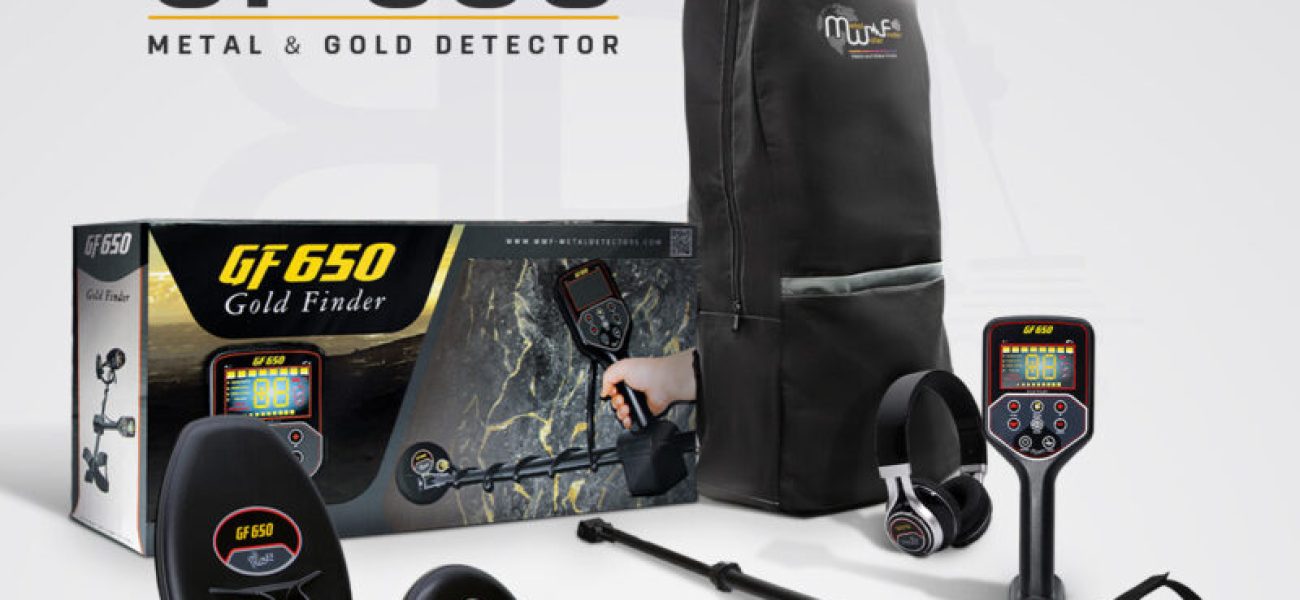The search for gold has fascinated people for centuries, and today’s technology has made it possible to uncover treasures hidden deep in the soil with precision. A gold nuggets detector is not just an ordinary metal detector—it is a specialized tool designed to locate even the tiniest particles of gold in challenging environments. Whether you’re an experienced prospector or just starting out, knowing which features matter most in a detector can make all the difference between success and frustration.
In this article, I’ll walk you through the essential features every serious gold detector should have, share practical insights from real-world use, and highlight some professional equipment that stands out for gold prospecting.
Sensitivity to Small Nuggets
One of the most critical features in a gold detector is its ability to detect very small nuggets. Unlike larger relics or coins, gold is often found in small flakes or tiny nuggets that require highly sensitive equipment to register. Modern detectors come equipped with advanced sensitivity settings that allow users to fine-tune the machine to pick up signals from particles as small as a grain of rice. When choosing a gold nuggets detector, always prioritize sensitivity over general all-metal detection so you don’t miss out on valuable finds.
Ground Balance Capabilities
Gold is commonly found in mineralized soils, which can interfere with a detector’s readings. A high-quality detector must include ground balance settings—either manual, automatic, or both. Ground balancing allows the machine to filter out signals caused by iron-rich soils or salt mineralization, so you focus only on real targets. Without this feature, a detector will produce constant false signals, wasting time and energy. This is one of the standout strengths of professional tools such as the GF 650, which is designed specifically to perform in tough environments where ordinary detectors struggle.
Operating Frequency
Frequency is another vital factor. Gold nuggets are best detected with higher frequencies, typically in the range of 18–70 kHz. Lower frequencies can penetrate deeper into the ground but often miss smaller particles of gold. Higher frequencies, on the other hand, excel at identifying tiny nuggets near the surface. For serious gold prospecting, detectors with adjustable frequencies are the gold standard. They allow users to adapt based on the terrain, target size, and depth expectations.
Depth Penetration and Coil Size
While frequency impacts what a detector can pick up, coil size plays a role in how deep you can go. Larger coils penetrate deeper and are great for covering wide open spaces. Smaller coils, however, are better suited for pinpointing small nuggets in highly mineralized soil. A professional prospector often carries interchangeable coils to match conditions, which ensures flexibility in different terrains.
Advanced Target Identification
Gold detectors today come with digital displays that help distinguish between different types of metals. This “discrimination” feature helps you avoid wasting time digging up junk like bottle caps or rusty nails. While no detector is 100% foolproof, advanced target identification improves efficiency and reduces fatigue. Prospectors working in regions with a lot of metallic debris find this feature especially useful.
Durability and Ergonomics
Gold prospecting is not a casual hobby. It often means spending long hours under the sun, trekking through rough terrain, and digging in challenging conditions. For this reason, a gold detector should be lightweight, rugged, and comfortable to carry for extended periods. Water-resistant or waterproof models are also valuable, particularly if you plan to explore streams and rivers where gold can accumulate.
Investing in the Right Equipment
Ultimately, success in gold prospecting comes down to preparation and the right tools. While experience and persistence play big roles, your detector is your most important companion. A machine with high sensitivity, advanced ground balance, adjustable frequency, and durability will give you the confidence to explore new sites with purpose. With the right detector, every signal carries the potential of uncovering a hidden treasure.
Conclusion
The thrill of finding gold nuggets is unmatched, but without the proper detector, the journey can be frustrating. Features like high sensitivity, strong ground balance, optimal frequency, and durable design are not just luxuries—they are essentials. Professional-grade detectors like the GF 650 are proof of how modern technology can empower prospectors to achieve remarkable results. When you invest in the right machine, you’re not just buying a tool—you’re unlocking the potential to uncover treasures that have been waiting for centuries.




